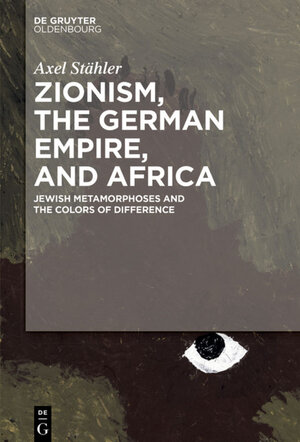
“Axel Stähler compellingly situates early Zionism’s ambivalence toward seeing itself as a colonial enterprise within the context of Imperial Germany’s African exploits and meticulously grounds the figure of the Jew as ‘black’ in an extensive network of interlaced discourses through careful exegeses of a wide range of media – from photographs to cartoons, satires to parliamentary reports.”
Jay Geller, Associate Professor of Modern Jewish Culture, Vanderbilt Divinity School, USA
“
Zionism, the German Empire, and Africa
covers an impressive variety of primarily German cultural sources. It testifies to a deep knowledge of German and Jewish culture of the period of 1880–1920 from the fine arts and philosophy to the intertextuality and literacy of popular images.”
Jakob Egholm Feldt, Dept. of Communication and Arts, Roskilde University, Denmark
“A true interdisciplinarian, Stähler has written an important and well–argued book not only about the (de)construction of Jewish identity through satire, but also about the history of Zionism and the specter of (German) colonialism.” Jakob Zollmann in: Zionism, the German Empire, and Africa: Jewish Metamorphoses and the Colors of Difference, Israel Journal of Foreign Affairs (2020)
Zionism, the German Empire, and Africa
Jewish Metamorphoses and the Colors of Difference
von Axel StählerZionism, the German Empire, and Africa explores the impact on the self-perception and culture of early Zionism of contemporary constructions of racial difference and of the experience of colonialism in imperial Germany. More specifically, interrogating in a comparative analysis material ranging from mainstream satirical magazines and cartoons to literary, aesthetic, and journalistic texts, advertisements, postcards and photographs, monuments and campaign medals, ethnographic exhibitions and publications, popular entertainment, political speeches, and parliamentary reports, the book situates the short-lived but influential Zionist satirical magazine Schlemiel (1903–07) in an extensive network of nodal clusters of varying and shifting significance and with differently developed strains of cohesion or juncture that roughly encompasses the three decades from 1890 to 1920.




